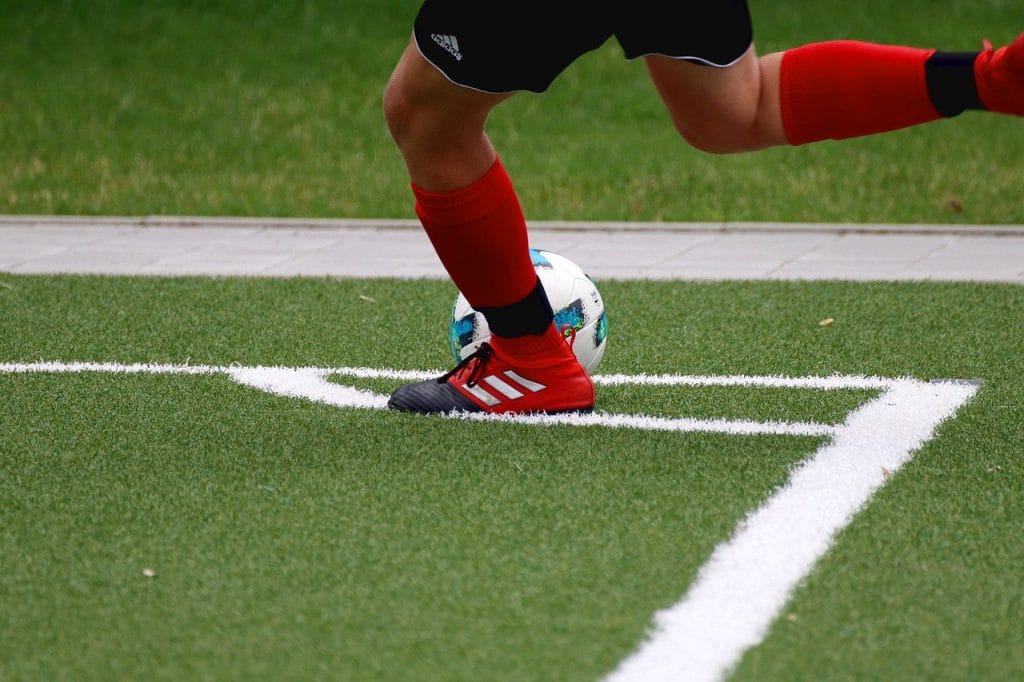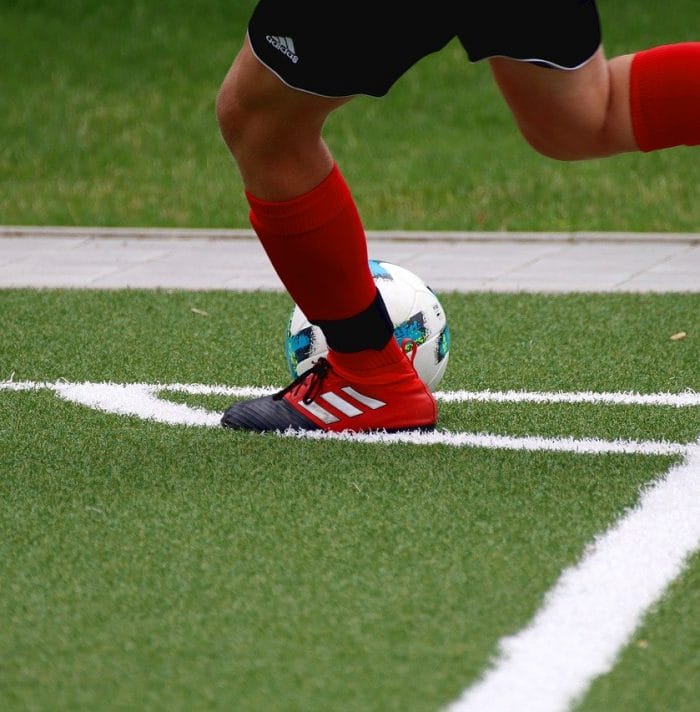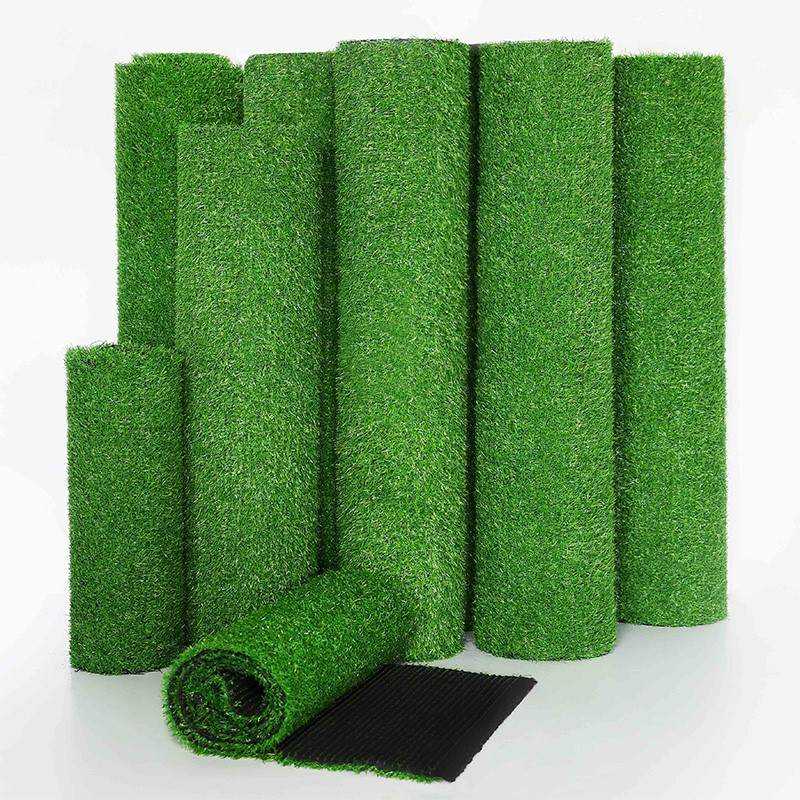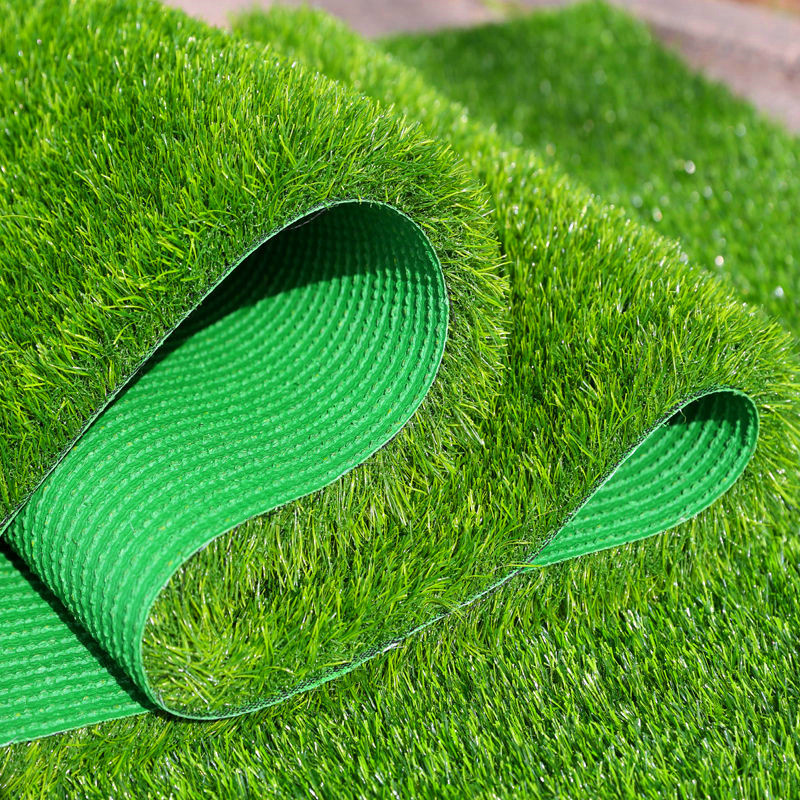
In general, turf may carry slightly higher injury/inflammation risks for knees than grass, but modern fields have reduced this gap. Proper shoes, maintenance, and training regimen remain important for knee health regardless of surface. Talking to a coach or trainer can help identify ways to protect the knees for an individual’s sport and level of play.
The Issue: Many athletes, particularly those who play sports on artificial turf, express concerns about the potential negative effects on their knees. Turf, made from synthetic materials like polyethylene or polypropylene, is known for its durability and all-weather functionality. However, its firm and unforgiving surface has raised questions about its impact on joint health, specifically knee injuries.
Research Findings: Several studies have investigated the relationship between turf and knee injuries. Some research suggests that playing on turf may increase the risk of certain knee injuries compared to playing on natural grass. Factors such as surface hardness, traction, and biomechanical differences between turf and grass can contribute to this increased risk.
One study published in the American Journal of Sports Medicine found that athletes playing on artificial turf experienced a higher rate of non-contact knee injuries compared to those playing on natural grass surfaces. The study attributed this difference to the firmer and less shock-absorbing nature of artificial turf, which may place more stress on the knees during movements like cutting, pivoting, and landing.
Furthermore, turf’s traction properties, while advantageous for certain sports like soccer or football, may increase the likelihood of sudden stops or changes in direction, leading to excessive strain on the knees.
Preventive Measures: While concerns about knee injuries on turf exist, there are steps athletes can take to mitigate the risk:
- Proper Warm-Up: Engage in thorough warm-up routines before playing on turf to prepare the muscles and joints for activity.
- Strengthening Exercises: Incorporate strength training exercises, particularly those targeting the muscles around the knees, to enhance stability and reduce the risk of injury.
- Proper Footwear: Wear appropriate footwear designed for turf surfaces to optimize traction and support.
- Technique Training: Focus on proper sports techniques and movements to minimize stress on the knees during play.
- Monitor Playing Conditions: Be mindful of weather conditions and turf maintenance practices that may affect surface hardness and traction.
- Listen to Your Body: Pay attention to any signs of discomfort or pain in the knees and take necessary rest or seek medical attention if needed.
Conclusion: While concerns about the potential negative impact of turf on knee health exist, athletes can take proactive measures to reduce the risk of injury. Understanding the biomechanical differences between turf and natural grass surfaces, along with implementing preventive strategies, can help athletes enjoy sports on turf while minimizing the risk to their knee health.










